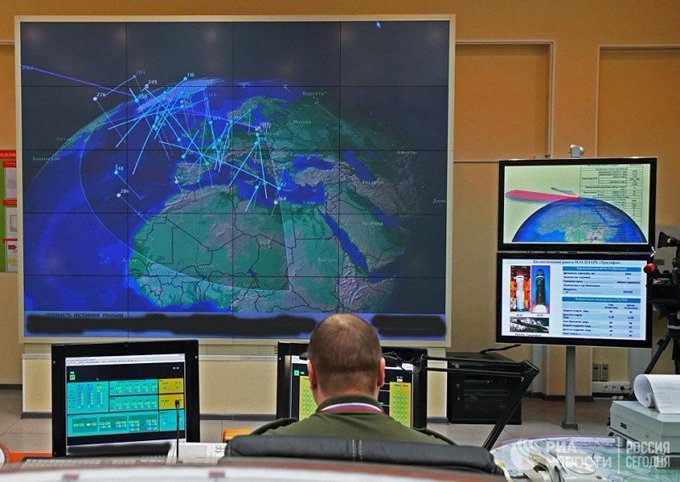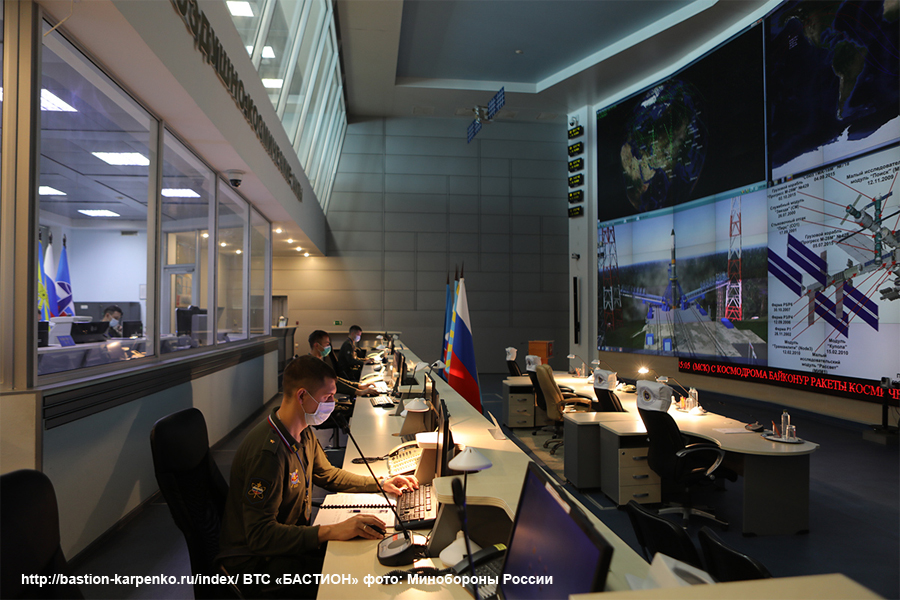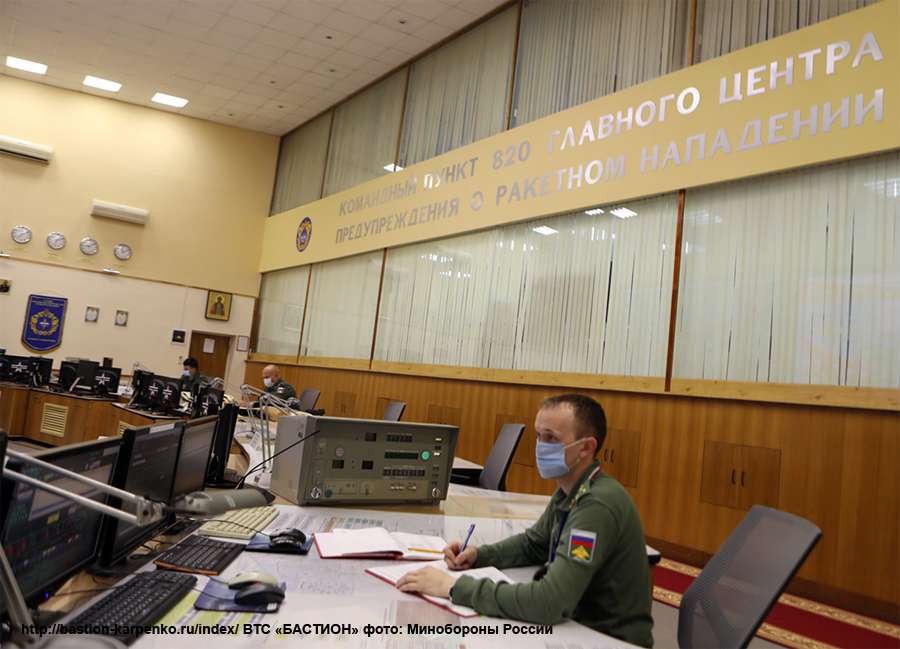Modernization of the Russian strategic missile defense system completed
Hundreds of billions of operations per second, an updated radar station and a new rocket. In Russia, the modernization of the anti-missile defense system of the Central Industrial Region has been completed. From Sofrin near Moscow, a fully automatic system, which includes the Don-2N radar, 53T6 interceptor missiles according to the western Gazelle classification, will protect the skies over Moscow and 12 adjacent European regions of the country from a possible missile strike.
The commander of the anti-missile defense unit of the Aerospace Forces, Major General Sergei Grabchuk, said that this year in Moscow, work had been completed on the installation of a modernized command and control center of the city's anti-missile defense system. “As a result of the replacement of the existing computing system“ Elbrus-2 ”with“ Elbrus-90S ”, an increase in performance has been achieved up to almost hundreds of billions of operations per second. Power consumption will be significantly reduced - 40 times. The area of equipment and equipment will be reduced by four times, ”Hrabchuk said.
In addition, according to him, the modernization of the transmitting and receiving parts of the Don-2N radar has been completed. This radar is considered the central and most complex element of the missile defense system. It solves the problems of detecting ballistic targets, tracking them, selecting, measuring coordinates and pointing anti-missiles at them against the background of a real space situation.
The country's missile defense system currently consists of three elements.
The first is cosmic. These are satellites that detect the launch of ballistic missiles. According to the website "Strategic Nuclear Weapons of Russia", in November 2015, the Aerospace Forces launched the first satellite of the new generation missile attack warning system "Kosmos-2510". The second spacecraft of the system, "Kosmos-2518", was launched into orbit in May 2017, the third, "Kosmos-2541", in September 2019. According to the command of the Aerospace Forces, in this structure, the system provides constant monitoring of the areas of possible launches of ballistic missiles. Although, according to experts, for this grouping must be brought to at least 10 vehicles.
The second echelon of defense is ground. It includes the Voronezh early warning stations for missile attacks. They stand around the entire perimeter of the country. The first was built in 2008 in the village of Lekhtusi near St. Petersburg. As a result, it became possible to see everything that is happening in the air and space from the coast of Morocco to Svalbard, and in distance - to the east coast of the United States. In 2009, a station was put into operation near Armavir. She monitors everything that happens from North Africa to India. A radar station in the village of Pionerskoye, Kaliningrad Region, has been put on alert. An object was commissioned in the Irkutsk region, which "breaks through" the space from China to the western coast of the United States. Several more facilities in the Orenburg and Pskov regions, near Vorkuta and Murmansk have closed their directions.
The completion of the modernization of the country's missile defense system is a landmark event. Its heart is the Don-2N radar station in Sofrina, Moscow Region. At maximum power, the radar produces a signal of 250 MW. It is able to "punch" a space of more than tens of thousands of kilometers and detect an object several centimeters in size. At the same time, it can monitor more than 100 targets and point 53T6 anti-missiles at them with high accuracy.
From the nearest American ballistic missile position to Moscow, 21 minutes of summer. Seven minutes before approaching the capital, they are discovered by Don-2N. That is exactly how much time the station has to calculate the trajectory of their flight and precisely calculate the time of meeting with the Gazelles. Due to the high speeds, there is practically no time to make a decision. Therefore, the facility operates in a fully automatic mode. People are just monitoring the health of its systems.
At the same time, the radar itself is completely autonomous. Its operation is provided by independent systems of electricity and water supply, powerful refrigeration equipment. But there is one "but". Due to the high energy intensity, the "Don" practically most of the time "sleeps" in anticipation of an alarm signal, which is sent to it by the early warning system of the "Voronezh" type, operating in a mode of low radiated power. Now, judging by the words of Sergei Grabchuk, this drawback has been overcome. The station has become 40 times more economical in terms of energy consumption, which means that it can operate in a constant combat mode.
In addition, the anti-missile defense system under the designation 53T6M was also modernized. The Ministry of Defense has shown videos of testing these products several times. Experts suggest that in the modernized version, the missile's speed exceeds 5.5 km / sec. It can withstand enormous overloads and can intercept warheads of intercontinental ballistic missiles at ranges over 100 km at altitudes from 5 to 50 km. Unlike the previous generation of interceptor missiles, the new missile can be equipped not only with a nuclear warhead, but also capable of destroying a ballistic target by directly hitting it - to perform the so-called "kinetic intercept".




 Hole
Hole




